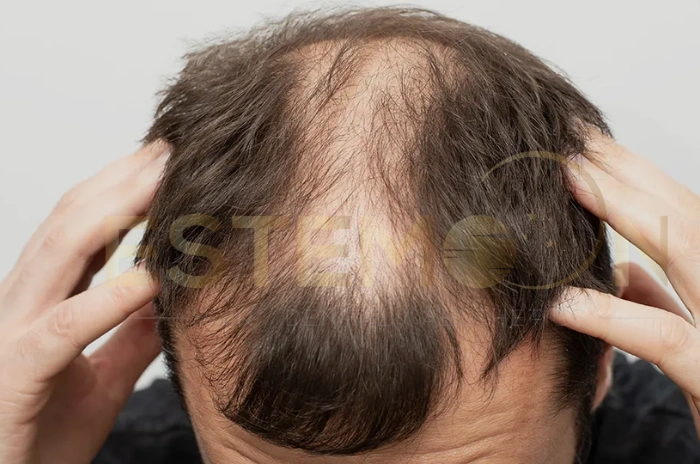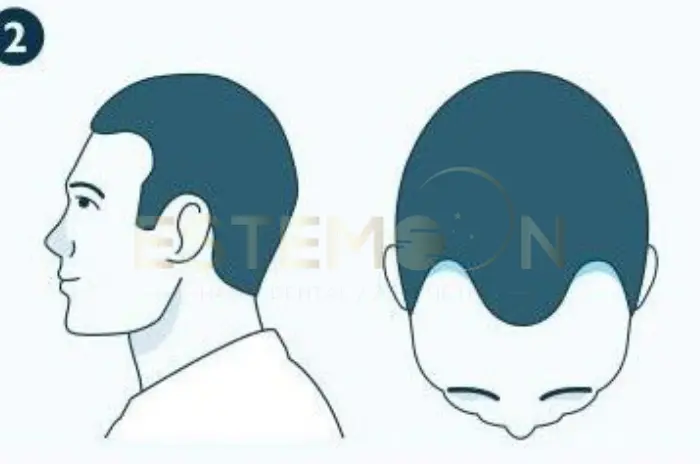Comparing FUE vs. FUT: Which Hair Transplant Method is Right for You?
Are you considering a hair transplant but feeling overwhelmed by the plethora of options available? Two of the most popular methods, Follicular Unit Extraction (FUE) and Follicular Unit Transplantation (FUT), stand out as effective solutions for hair loss. However, understanding the differences between them is crucial in determining which one aligns best with your needs and preferences. Compare FUE vs. FUT hair transplant methods: benefits, risks, and results. Find the right choice for your hair restoration needs.
Understanding FUE (Follicular Unit Extraction)
FUE, often hailed as the modern approach to hair transplantation, involves extracting individual hair follicles from the donor area (usually the back or sides of the scalp) using a specialized micro-punch tool. These follicles are then meticulously implanted into the recipient area, where hair growth is desired. This method leaves tiny, nearly invisible scars, making it particularly appealing to those who prefer shorter hairstyles.
Advantages of FUE:
- Minimal Scarring: Unlike FUT, which leaves a linear scar, FUE results in tiny, dot-like scars that are easily concealable, even with shorter haircuts.
- Less Invasive: FUE is relatively less invasive in comparision to FUT, leading to quicker recovery times and less discomfort post-surgery.
- Suitable for Small Sessions: FUE is ideal for those in need of smaller transplant sessions or touch-ups, as it targets individual follicles.
Drawbacks of FUE:
- Higher Cost: FUE typically comes with a higher price tag due to the meticulous nature of the procedure and the specialized equipment required.
- Limited Donor Capacity: FUE may not be suitable for individuals with limited donor hair, as it relies on extracting follicles from specific areas of the scalp.
Understanding FUT (Follicular Unit Transplantation)
FUT, also known as the strip method, involves removing a narrow strip of tissue containing hair follicles from the donor area. The follicular units are then dissected under a microscope and transplanted into the recipient area. While FUT leaves a linear scar, advancements in surgical techniques have minimized its visibility.
Advantages of FUT:
- High Graft Yield: FUT allows for the extraction of a larger number of grafts in a single session compared to FUE, making it suitable for individuals requiring extensive hair restoration.
- Cost-Effective: FUT tends to be more cost-effective than FUE, particularly for those needing a larger number of grafts.
- Suitable for Extensive Balding: FUT is ideal for individuals with advanced hair loss or those seeking maximum coverage, as it can provide a higher graft yield.
Drawbacks of FUT:
- Visible Scar: While advancements have minimized scarring, FUT still leaves a linear scar along the donor area, which may be noticeable with shorter hairstyles.
- Longer Recovery Time: The recovery period for FUT is typically longer compared to FUE, owing to the nature of the procedure and the need to heal the linear incision.
FUE vs. FUT Hair Transplant: Which Method is Right for You?
Choosing between FUE and FUT ultimately depends on various factors, including your hair loss pattern, desired outcomes, budget, and tolerance for scarring and downtime. Consulting with a qualified hair transplant surgeon is essential in determining the most suitable approach for your unique circumstances.
In conclusion, both FUE and FUT offer effective solutions for hair loss, each with its own set of advantages and drawbacks. By weighing these factors carefully and seeking professional guidance, you can make an informed decision that aligns with your goals and preferences, paving the way for a successful hair restoration journey.




